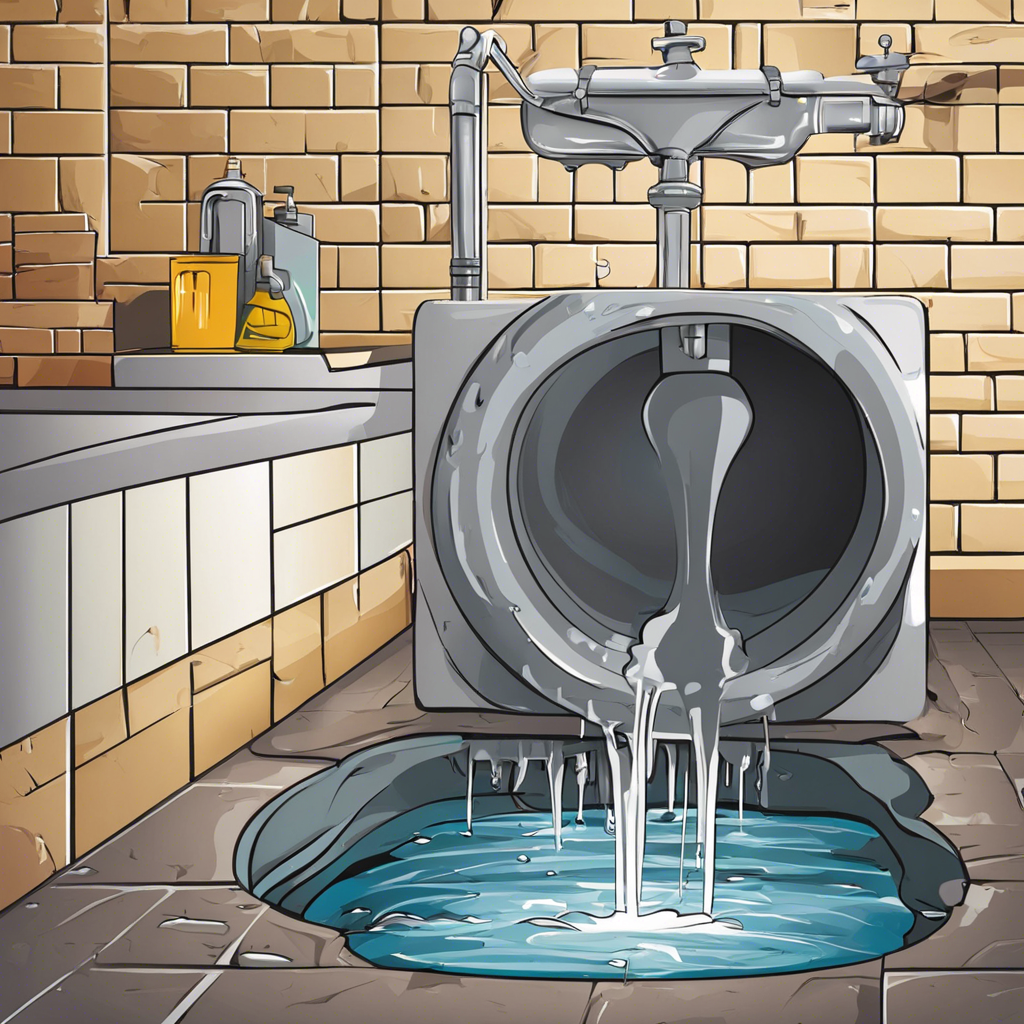# Unclogging Drains: A Step-by-Step Guide for Every Homeowner
We’ve all been there: water pooling in the sink, the shower drain backing up, or the dreaded toilet clog. Before you know it, you’re knee-deep in dirty water and frantically searching for a solution. Fear not! With this ultimate guide, you’ll be equipped to tackle any drain issue in your home. The first step to unclogging any drain is identifying the source of the problem. Is it a sink, shower, or toilet that’s giving you trouble? Each of these fixtures has unique characteristics that will influence your approach. For example, sinks typically have a P-trap, a curved section of pipe that can be removed to clear obstructions, while toilets have a siphoning mechanism that may need attention. Understanding the basics of your plumbing system will help you effectively tackle each situation.
When faced with a clogged sink, the trusty plunger is often the first line of defense. Place the plunger firmly over the drain and use vigorous up-and-down motions to create suction, dislodging any blockages. If that doesn’t do the trick, it’s time to remove the P-trap. Have a bucket handy to catch any water or debris that might spill out. Once removed, you can clean the P-trap and clear any obstructions. For shower drains, prevention is often the best cure. Try using a drain protector to catch hair and other debris before they have a chance to cause a clog. If it’s too late for prevention, a drain snake (or auger) can be your best friend. Feed the flexible end into the drain and crank the handle to break up or retrieve the clog.
Toilet clogs are an entirely different beast and often require a plunger as well, but a different technique is needed. Instead of vigorous action, a slow and steady motion is best. Place the plunger firmly in the bowl and gently push and pull, maintaining a seal. This creates a gentle suction that can often dislodge the clog. If that doesn’t work, it might be time to try a plumbing snake, also known as a closet auger. This tool is designed specifically for toilets and can reach deep into the siphon to break up stubborn blockages.
Another handy tool to have in your arsenal is a drain cleaning machine. These machines use flexible cables and powerful motors to clear even the most stubborn clogs. While they may be overkill for some minor issues, they can be lifesavers for severe blockages or those inaccessible by other means. You can rent these machines from hardware stores, but for recurring clogs, it may be worth investing in your machine.
In some cases, the clog may be deeper in the plumbing system, affecting multiple drains in your home. Don’t be afraid to call in professional help in such cases. Licensed plumbers have the expertise and equipment to diagnose and clear these more complex clogs. Their specialized tools and knowledge can save you time, money, and a lot of headaches in the long run.
Remember, prevention is always better than cure. Be mindful of what goes down your drains and invest in drain protectors to catch hair, grease, and other debris. With this guide and a bit of elbow grease, you’ll be well-equipped to handle most drainage issues that come your way, ensuring your home’s plumbing runs smoothly.
Now that you’re equipped with this knowledge, you can confidently tackle any drain issue in your home. From sinks to showers and toilets, you’re ready to take on the challenge and keep your plumbing system flowing smoothly!
